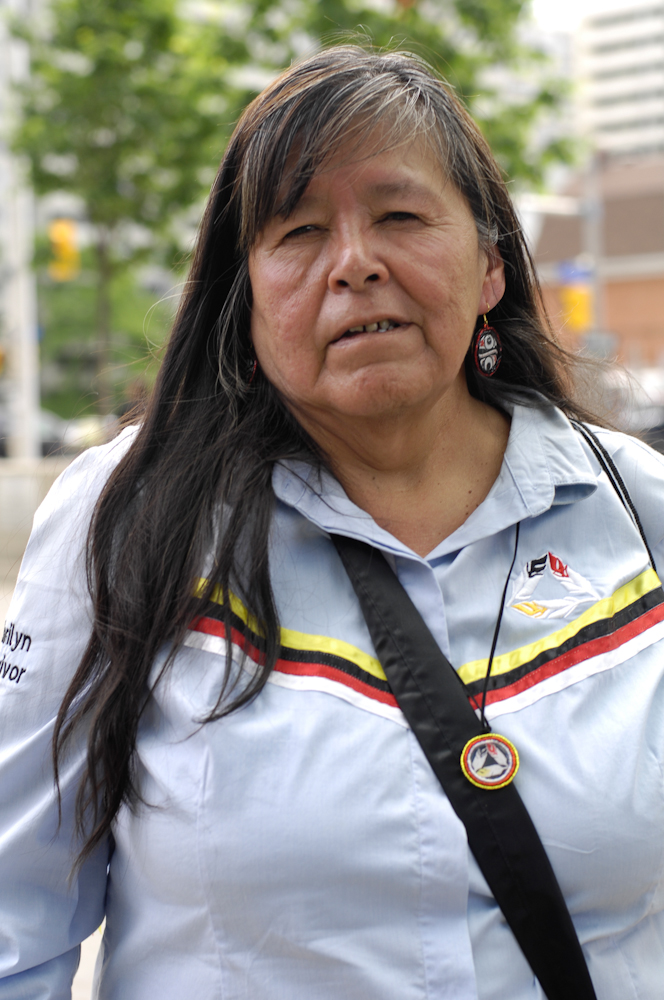Residential Schools ‘killed the Child in the Indian’
By Julien Gigna
On the first day, boys and girls were separated regardless if they were bound by blood. Braids were cut, heads shaved. Then came the showers. “Our skins were burning,” said Simon-Ingram. “We found after it was what we know now as DDT.” Out of the four years she spent at the school, she has trouble remembering a year and half of it. Simon-Ingram endured constant threats, vehement racism, bereavement, rape at the hands of a priest and was force fed her own vomit after eating potato hash — at the very least, the subsistence to keep her alive but far from well. Her best memory was the one and only time her mother came to visit to attend a musical performance. “I sang the best Latin you could hear,” she said. At the end of her stay, Simon-Ingram lost a brother and sister, suffered trauma and loss that continues to the day. “Am I totally healed? No. Do I have nightmares? Yes. Do I sleep much? No. But I keep going,” she said. “Kill the Indian in the child worked the opposite. It killed the child in the Indian.” Twenty years ago Simon-Ingram started to gather survivors, much like the TRC has. She has written a book and made a film on the subject. “Survivors know each other even if they’re not from the same province by one look in each other’s eyes,” she said. “I want them [the federal government] to stop ripping the Band-Aids off our wounds, getting us to tell stories and then slapping another Band-Aid on and sending us on our way.” Contact: julien.p.gignac@gmail.com
|
.
Any original material on these pages is copyright © BishopAccountability.org 2004. Reproduce freely with attribution.
